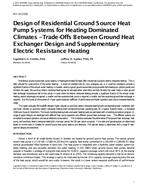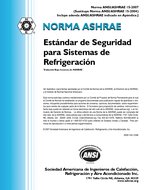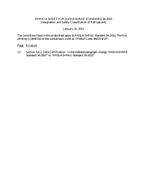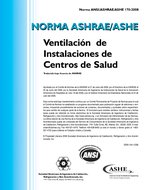Description
Residential ground source heat pump systems in heating-dominated climates often incorporate auxiliary electric resistance heating. This is often utilized for some portion of the winter heating – it could be intended only for rare, emergency use, or it could be intended to provide a significant fraction of the annual winter heating. In Sweden, where a typical ground source heat pump provides both heating via radiant panels and domestic hot water, the auxiliary electric resistance heating may be activated either when there are high domestic hot water loads or when ground heat exchanger temperatures fall to low values. In cases where the electric resistance heating provides a significant fraction of the annual winter heating, several advantages are gained: a smaller and less expensive heat pump is required; a smaller and less expensive ground heat exchanger is required. But this comes at the expense of a lower system seasonal coefficient of performance and higher operation costs due to increased electricity usage.
This paper evaluates the tradeoffs between higher reliance on auxiliary electric resistance heating (with corresponding lower investment cost) and lower reliance on auxiliary electric resistance heating (with corresponding lower operating cost) for a typical Swedish house – a renovated 1940s-era house in Stockholm. The hourly building heating loads and water heating loads are estimated with a building simulation program. A range of system designs are developed with different heat pump capacities and different ground heat exchanger sizes. The different systems are simulated to compare operation and actual electricity consumption. The simulation evaluates the performance of the ground heat exchanger, heat pump, and auxiliary electric resistance heating for a ten-year period, the 5th year taken as typical. First costs and operating costs are determined based on current costs in Sweden for ground source heat pump systems and electricity. The optimal design is determined and a range of nearoptimal designs are considered.
Citation: ASHRAE Papers CD: 2014 ASHRAE Winter Conference, New York, NY
Product Details
- Published:
- 2014
- Number of Pages:
- 8
- File Size:
- 1 file , 670 KB
- Product Code(s):
- D-NY-14-C028




